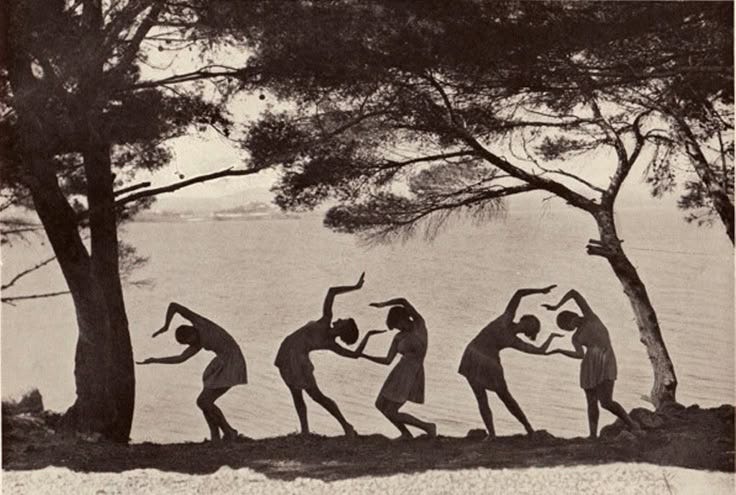DeepDive into Dance and Attachment Theory

Have you ever noticed how some people move through the world with ease—physically, emotionally, and even relationally—while others seem tense, hesitant, or disconnected?
A big part of this has to do with early motor development and how it shapes not just our bodies, but also our ability to connect, trust, and form relationships.
I first understood this on a deeper level through dance.

I didn’t grow up as a dancer. In fact, like many people, I carried tension in my body without even realizing it—subtle hesitations, postural habits, a certain guardedness in movement. But the first time I stepped into an dance space, at the ecstatic dance event something shifted.
There was no choreography, no expectation—just movement. At first, I felt awkward. Especially because esctatic dance events are substance free, no alcohol, no drugs. I was definitely not used to that, I was totally out of my comfort zone but then, as I let go, something unexpected happened: my body started moving in ways that felt ancient, intuitive, and deeply freeing.
It was as if I was remembering something beyond thought.
Later, as I deepened my training in somatic healing, I realized deeper meaning of that experience. Our bodies don’t just store tension—they store patterns of attachment, learned in the earliest years of life, long before we develop conscious memory.
Your First Movements = Your First Relationships
Before we could talk, we reached for support. Before we understood language, we felt safety—or the lack of it—through touch, movement, and presence.
Early motor development—rolling, crawling, standing—might seem purely physical, but it’s also our first way of relating to the world. When we feel safe, we explore. When we don’t, we tense up, hesitate, or shut down.
Somatic pioneers like Stanley Keleman and Bonnie Bainbridge-Cohen explored this connection between movement and attachment. They found that:
- If a child is free to explore their environment, their body develops with fluidity and ease.
- If movement is restricted—due to stress, lack of support, or environmental limitations—the nervous system adapts, often through tension or rigidity.
And these patterns don’t just stay in the body. They shape how we trust, how we connect, and how we navigate relationships.
Why This Matters for Healing & Growth
So, what does this mean for us as adults?
Many of the emotional challenges we face—difficulty trusting, fear of vulnerability, patterns of disconnection—aren’t just in the mind. They’re somatically wired into us.
The good news? These patterns aren’t fixed.
Just like we can rewrite movement through dance, Feldenkrais, or somatic practices, we can also reshape our emotional patterns. By working with the body, we can:
✔️ Unlearn old tension patterns tied to early experiences.
✔️ Build a sense of safety and trust from the inside out.
✔️ Open up new ways of moving—not just physically, but relationally.
This is the power of somatic healing: bringing awareness to what’s been stored in the body and giving it new ways to move, new ways to trust.
If this resonates with you—if you’ve ever felt stuck in old emotional patterns, if you’re navigating a big shift, or if a psychedelic experience opened something up that you’re struggling to integrate—I’d love to support you.
All the light,
Justina